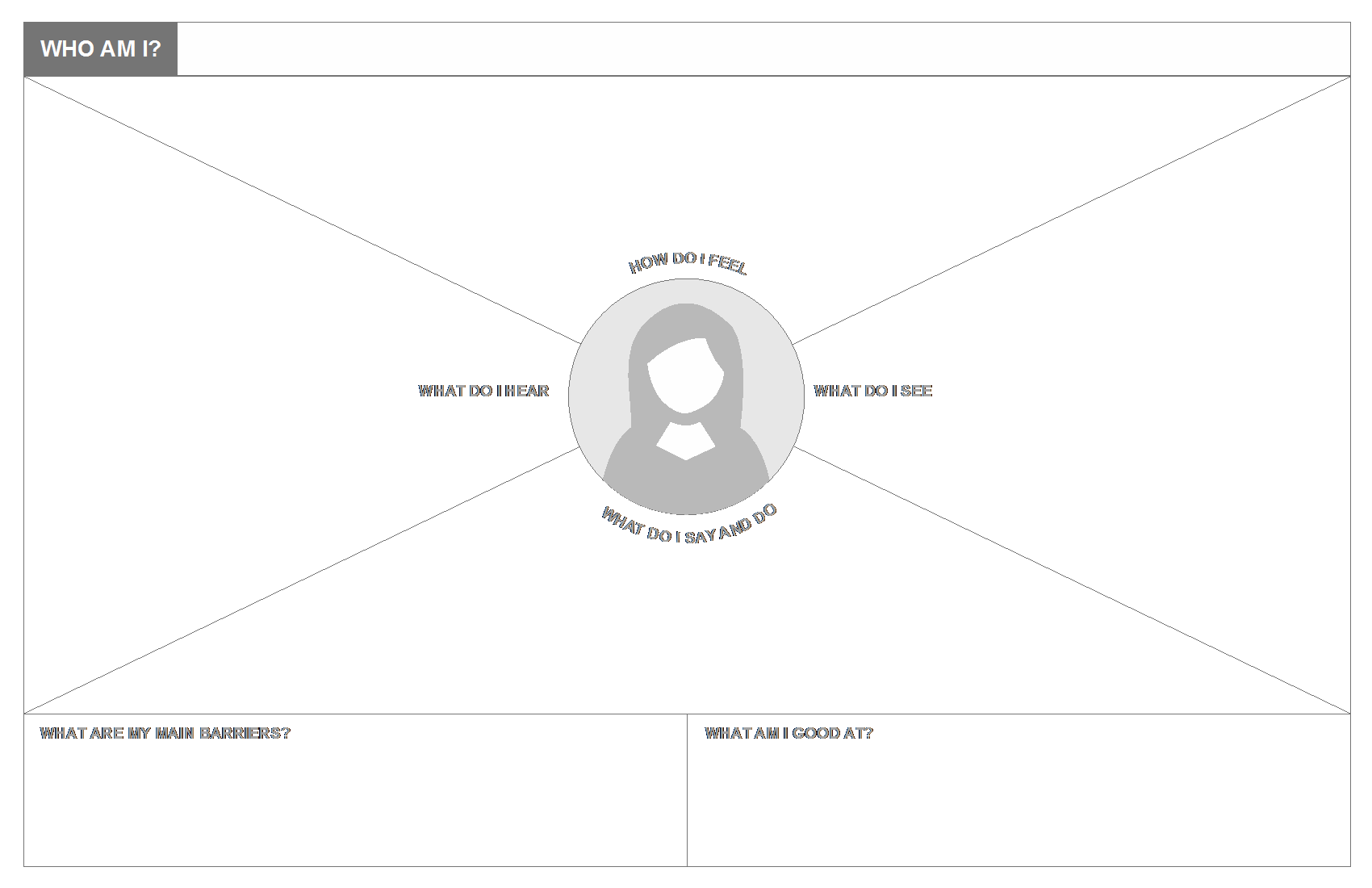Our proprietary research shows that 67 percent of senior leaders attribute successful Customer Experience (CX) transformations to clarity of vision and business case.1 To drive effective customer-centered transformation, leaders must first transform how work gets done across every function in the organization, bolstered by a shared vision and an end-to-end framework for diagnosing, solving, and scaling enhancements to the experience. Accelerated Service Design is North Highland’s approach to reimagining all of the physical and digital touchpoints involving customers and employees needed to deliver an orchestrated experience. In this series, we will begin to unpack insights, challenges, and opportunities associated with the emerging field of service design.
Service design is not a “what” but rather a “how”. It illuminates how business leaders can connect the dots between the people, processes, and technology to create and deliver compelling experiences. It’s about taking a human-centric and exploratory design way of thinking and doing to solve problems and build new experiences for the future.
Service design is one big “how” made up of many smaller “hows” – the tools, frameworks, and activities that allow us to make sense of complex systems so that we can accelerate the process of creating alignment and delivering value jointly for businesses and customers.
The complete toolbox that makes up the service design approach is extensive, and while each tool has its use, there are some that excel at manifesting the principles of service design with clarity and simplicity. For example, tools can be used to create alignment, define the problem and the opportunity, envision the solutions, and assess the needed capabilities to realize the future. Today we’ll zero in on two fundamental tools for the practice of service design.
The Empathy Map
The empathy map helps those creating the experience connect with those who engage with the experience. Walking in the shoes of the people involved builds an understanding of their perspective, values, and needs–ultimately helping to inform a more appealing solution and/or service. This tool also works to break down functional silos and bring a shared sense of ownership across teams around creating value for the people providing the experience and for those that are consuming it.

The Service Blueprint
The service blueprint allows designers and collaborators to connect the dots between the people, processes, and technology needed to deliver a service experience. This blueprint brings simplicity to building clarity around the capabilities required to manifest an experience. By centering around the customer-centric view of the experience journey, the blueprint also anchors the experience on creating value for the customer, as the most important stakeholder in any business’ ecosystem.
These two tools barely scratch the surface of the service design toolbox, but they begin to paint a picture of what this approach aims to achieve -- connecting human-centric value with business capability in order to deliver more desirable experiences.
In part three, we’ll offer actionable advice on how to overcome some of service design’s most prevalent challenges. Click here for part one of the series.
1. This blog draws on the results of a North Highland-sponsored survey conducted in March 2018. To understand trends, strategic challenges, and opportunities surrounding ways of working in Customer Experience (CX), we surveyed 269 director-level and above employees at organizations with 2017 revenues > $1 billion and that are headquartered in the U.S. or U.K.